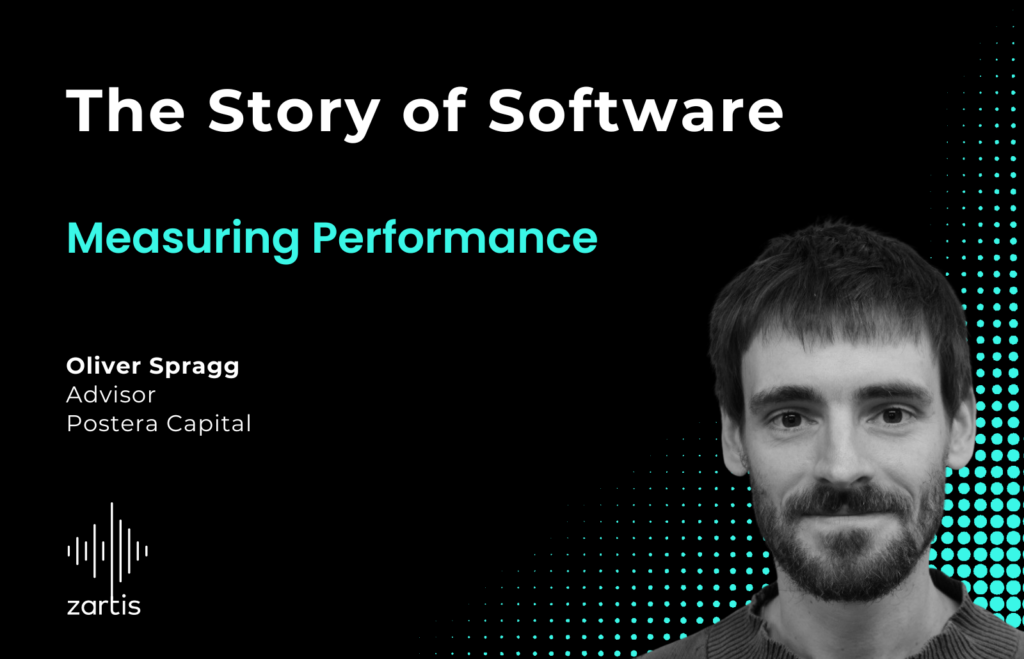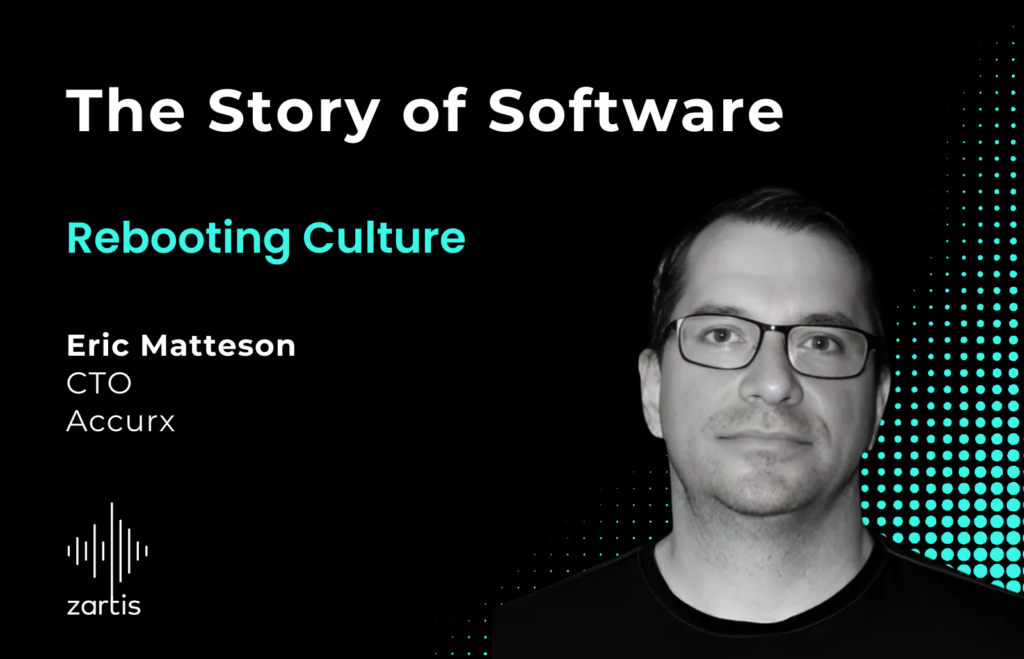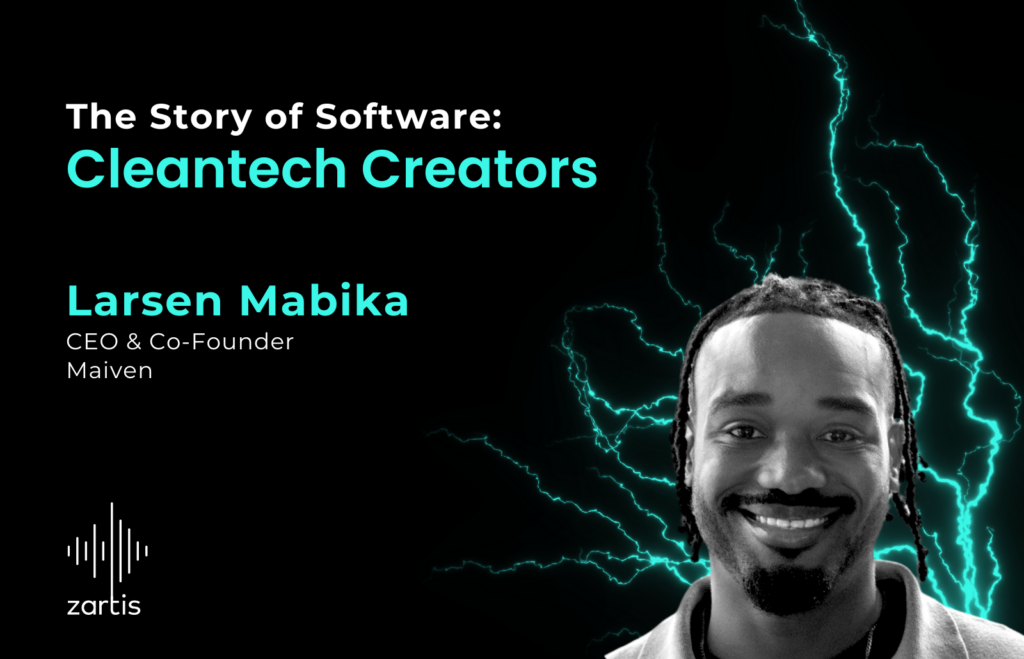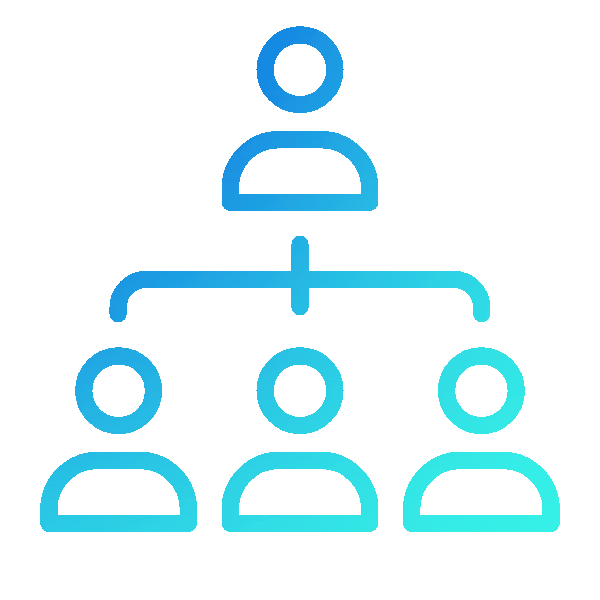Padraig Coffey, CEO at Zartis and podcast host, is joined by Jason Maude, Chief Technology Advocate at Starling Bank, as they discuss challenger banks.
On Digital Banks
The Guest – Jason Maude, CTA at Starling Bank
Jason Maude, Chief Technology Advocate at Starling Bank. Jason has over a decade long experience working in the fintech sector. Coming from a software engineering background, he has the unique perspective of understanding in depth well the technological, as well as the wider business considerations of building and running a bank, and how these intersect.
The New Wave Banks
In the past 10 or so years, since the financial crisis, we have seen a boom in the rise of digital banks and new financial institutions. Starling Bank is part of this new wave and has been selected as Best British Bank in the last 3 years.
Tune in as Jason shares his insights on:
- What are challenger banks?
- The history and evolution of challenger banks.
- Digital vs incumbent banks.
- Technology strategies behind building a digital bank.
- Cryptocurrencies and disruption in the banking space.
Episode preview
Q: To begin with, for any of our listeners who are outside of the fintech space, how would you describe what a challenger bank is?
So challenger bank is a label that normally gets applied to banks that sprang up after the financial crisis of 2008-2009. If you look at the number of banking licenses issued by the Bank of England, you have to go back at least 100 years, if not more, before the financial crisis to find a new banking license being issued by the Bank of England. So it was a very rare, almost unheard of thing. Most of what took place in terms of the creation of new banks, since the start of the 20th century really, was mergers between two already existing banks. So the challenger banks sprang up in the wake of the financial crisis, when it was realized that what we really needed was more banks. The industry had gotten too narrow, there were too few banks offering too little choice, and they were all too big to fail. So what ended up happening is the first one of these challenger banks to be founded was Metro bank, which was very much a bank that wanted to go back and focus on the traditional aspects of banking. But then, after that, a number of banks such as Starling bank came along, which instead of being focused on taking banking back to what it was before the 1980s, instead going “Well, what does banking look like for the 21st century?” And for us banking for the 21st century looks like supplying people with financial services and information about their finances via their mobile phones. Because that’s how people interact with data in the modern world. So we opened up a bank that was entirely branchless. No branches whatsoever, entirely digital, entirely delivered over the mobile phone. And that, I suppose, is what challenger banks have come to be known as – the banks that are entirely digital, entirely based over the internet, no branches, no physical infrastructure whatsoever.
You can find The Story of Software podcast on:
Apple Podcasts, Spotify, Stitcher, Deezer, & any other podcast platform of your choice.
We hope you enjoy listening to this tech podcast and feel free to share any feedback with us: podcast@zartis.com







